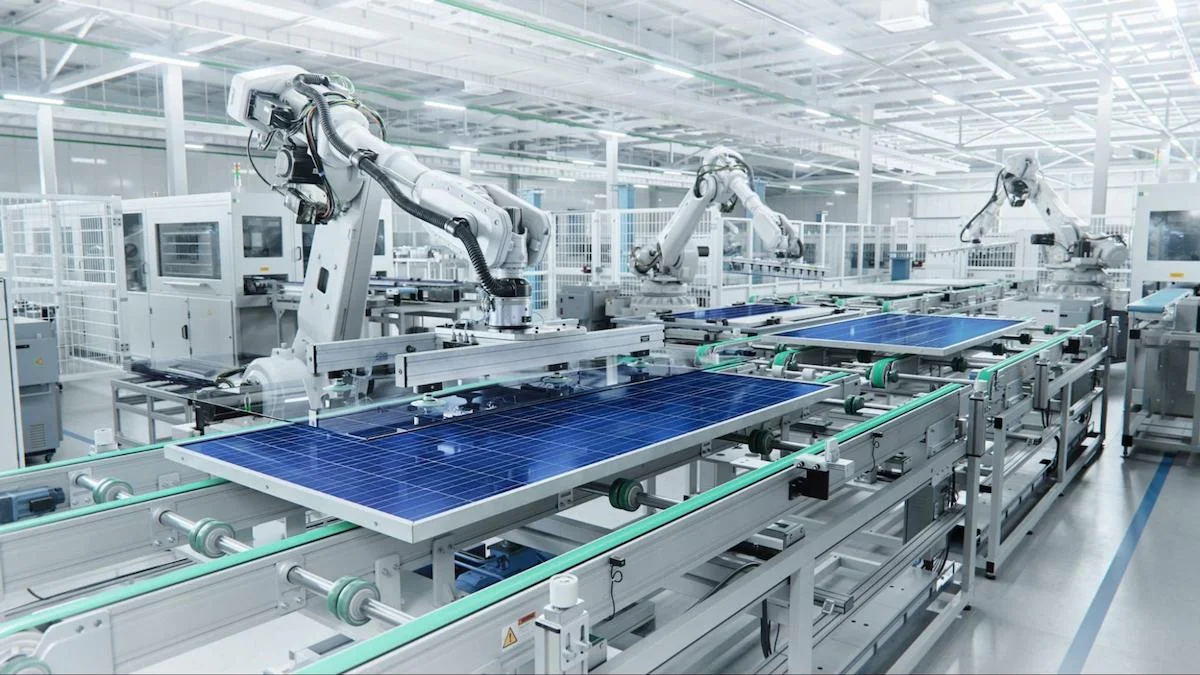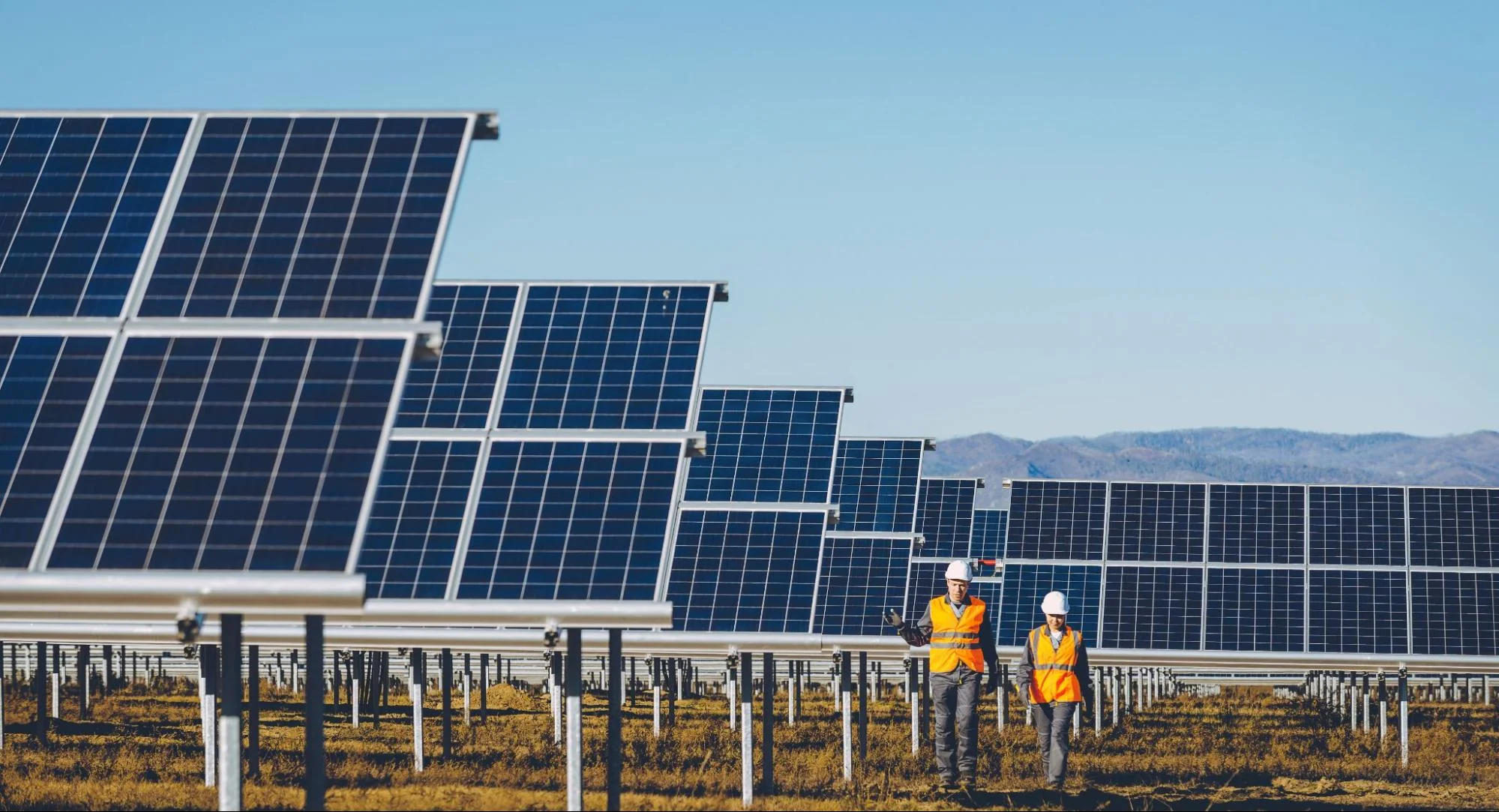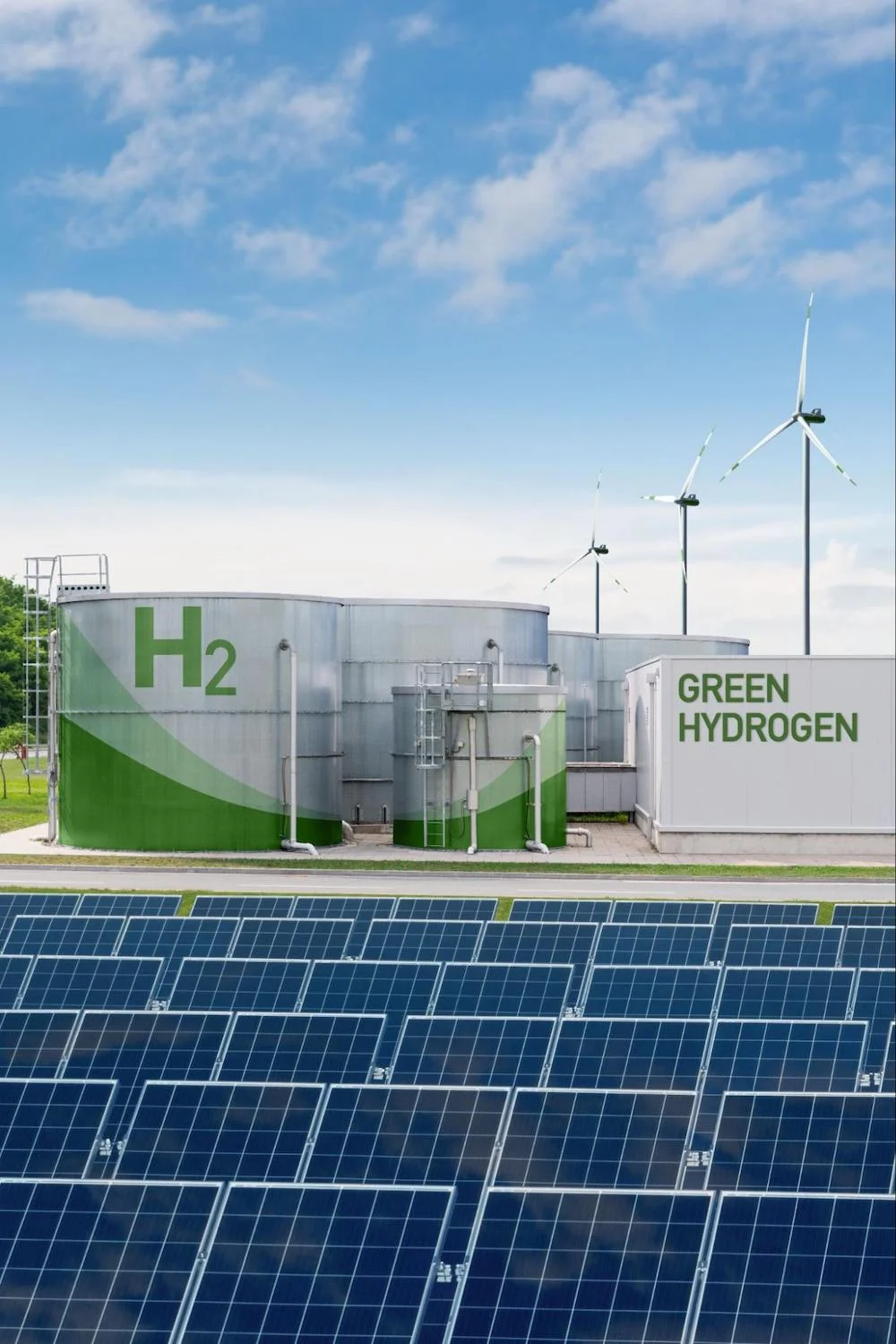Time to read: 5 min
Clean energy utilization is fueling the future of manufacturing. It’s growing at a rapid pace that eclipses traditional fossil fuel technologies. Existing technologies like solar, hydrogen, and electric vehicles are becoming cheaper, newer, and more exotic, but forms of energy like fusion are becoming a reality.
Fusion energy is the next big innovation in the clean energy space and has been developing in several different forms for decades. One major problem remains: no company has yet achieved a sustainable fusion reaction that generates more power than it consumes. However, a range of advances in computing, materials science, and manufacturing technology has created an environment in which more companies are confident they can break even within the next decade while utilizing clean, fusion energy.
What is an Example of Clean Energy Manufacturing Advancement in Today’s Market?
Zap Energy, a disruptor to the fusion energy commercialization market, uses the z-pinch phenomenon to generate the conditions for fusion. The z-pinch phenomenon is where a stream of plasma (containing tritium and deuterium) is stabilized by shaping and using sheared-flow stabilization. A massive electric current is then pulsed through the stream, creating a magnetic field that compresses the plasma. This produces extreme pressures that ignite a fusion reaction, which is repeated in pulses, then energy is thermally collected from it . Zap Energy states that once they can scale the current to 650 kA they will be able to achieve breakeven, the point where the output energy starts to exceed the input energy.
Could this be the future of green energy?
Only time will tell whether this is the future of green energy. However, it is clear that green energy technology in all its forms is transforming the global energy landscape for the better and is rapidly replacing fossil fuel technologies. Clean energy manufacturing institutes like CESMII (Clean Energy Smart Manufacturing Institute) and CEMAC (Clean Energy Manufacturing Analysis Center) want to drive the adoption of clean energy technologies by promoting research and shaping public policy.
Top Clean Energy Manufacturing Trends in 2023
Listed below are some top trends in clean energy manufacturing for 2023.
Generative Models and Smart Factories

One of the largest technology disruptions over the past few decades occurred in 2023 with the rapid development and advancement of multi-modal generative systems like OpenAI’s ChatGPT and Google’s Gemini. These systems don’t yet have a direct impact on the clean energy manufacturing industry, due to challenges with the technical accuracy of their output and overall limitations in capabilities. It’s only a matter of time before these technologies mature and become instrumental in the day-to-day operations of almost every industry, including the manufacturing industry in general and the clean energy manufacturing industry specifically.
CESMII is driving the adoption of smart factory principles by enabling easier access to advanced IoT sensors, standardized software and communication platforms, data modeling, and application tool kits. Smart factories leverage data collected from various smart sensors throughout the manufacturing plant. Machine learning models are then applied to data to gain unique insights that can improve energy efficiency and reliability through predictive maintenance, improved production productivity, quality, and overall plant safety. Smart factories are set to become the norm rather than the exception.
Increasing Solar Adoption

For all intents and purposes, the sun is a free fusion reactor, and we can extract energy from it via solar panels. Over the past decade, the costs of the material and manufacturing methods used to produce solar panels have dropped, by as much as 85% according to some. It must, however, be noted that solar costs have only started falling towards pre-pandemic levels after supply-chain challenges increased the cost of raw materials and subsequent manufacturing.
While solar panel costs are still higher, there is a clear downward trend. Regardless, solar demand has continued to accelerate with increased global adoption driven by China. The pace of installations in 2023 has increased by over 150% compared to 2022 based on a total predicted installed capacity of 160 GW in China, 60 GW in Europe, and 30GW in the US.
China dominates the solar manufacturing industry and is the largest producer of key raw materials like polysilicates. In an attempt to match this growth, US-based IRA offers incentives for companies to produce qualifying clean energy components domestically. This incentive has already significantly increased investment in the clean energy manufacturing space and is set to ease supply-chain shortages in the medium to long term.
Electric Vehicle Adoption

Electric vehicles are continuing high levels of adoption, with China’s BYD Group and Tesla leading the charge. This might change as more producers enter the market. Legacy automakers like Volkswagen and Volvo are taking back some market share after falling behind in new EV production. China is predicted to account for over 50% of EV production through 2026 due to its lower costs and larger market representation. Electric vehicle sales have outstripped the first quarter sales for 2022 by over 25%, continuing high adoption rates. Electric vehicle sales will account for up to 18% of new vehicle sales in 2023. You may have noticed this driving past local dealerships since the pandemic, but supply-chain shortages are still plaguing many automakers, due to shortages in semiconductors and battery raw materials.
Battery production is keeping pace with electric vehicle volumes. While lithium-ion batteries are still the most popular choice for new electric vehicles, technologies like solid-state batteries promise increased efficiency and improved safety. New technologies are critical due to the increasing cost of raw materials like lithium and nickel. These increasing costs can make it difficult for EV producers to reach price parity with internal combustion engines, which may slow down EV adoption in the near to medium term.
Green Hydrogen

Green hydrogen refers to producing hydrogen via renewable sources such as solar and wind. This contrasts with hydrogen extracted from natural gas, typically called gray hydrogen (commonly produced through steam methane reforming). While not growing as rapidly as the solar and EV industries, green hydrogen is still experiencing moderate growth that is expected to accelerate into the 2030s. This is primarily due to reduced solar and wind energy costs, which will help reduce the cost per kilogram of green hydrogen, which is currently more expensive than traditional gray hydrogen. IRA tax incentives aim to help make green hydrogen more cost-competitive.
Interest in green hydrogen is primarily from the transportation and industrial sectors. One example is the production of green steel by Volvo. Green hydrogen is used in the production of steel. Steel production is typically very energy-intensive and produces large amounts of greenhouse gasses. While production volumes of green steel are insignificant compared to global steel production, this process provides a clear path forward in reducing the effect of heavy steel industry pollution, one of the largest contributors to greenhouse gas emissions.
Your Manufacturing Partner
The pace of innovation is ever-increasing in the clean energy manufacturing trends. And new technologies, tax incentives, and market trends are complex. . The increased adoption of clean energy technologies provides a unique opportunity for existing companies in the manufacturing space and new entrants to embrace new markets and expand their business. At Fictiv, our team of manufacturing experts and our trusted network of manufacturers can help companies of all sizes achieve rapid growth. To learn more about how we can help your company succeed in its clean energy manufacturing endeavors, contact a Fictiv representative today.








